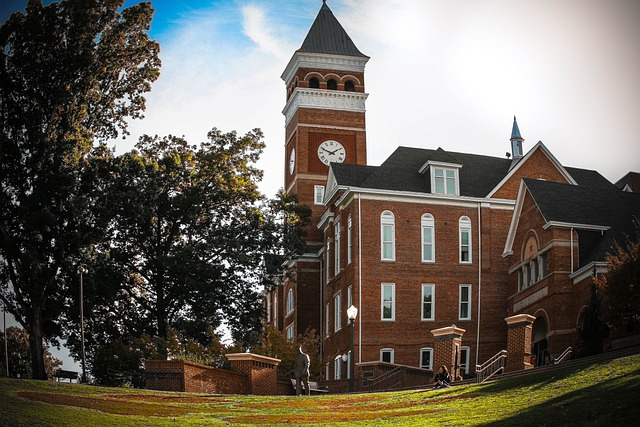Clemson University found 604 burials of unknown people who were buried in its South Carolina campus more than 200 years ago. These burials did not have any tombstones and the dead bodies laid in rest on a steep hillside for decades. But who were these people?
The university authorities are now working to find out who were those buried in 604 unmarked graves. As reported, these burials possibly belong to enslaved people, who were domestic workers, sharecroppers, and convict labors—used to live, worked, and died in the early 1800s, long before the university was built on the land.
As per the lead researcher of the site—Woodland Cemetery on the campus—the findings fuelled a long-held but not often discussed truth about the lands which previously used to serve as plantations. university historian Paul Anderson said that said before a university or a college community was established, "this place was an African American community." After 100 years the university is working to find out who these people were, why they were forgotten, and how Clemson University can honor them.

Radar Search Reveal the Truth
The university initially discovered 200 burials on the western and southern slopes of the cemetery, using the ground-penetrating radar. But after the researchers surveyed the entire area, they discovered 604 unmarked graves.
Former Clemson trustee Jim Bostic who has been working with researchers since the project's inception said that until 1924, the site—where the graves were found—was an African American cemetery. He also said that as per the records, 70 people died due to whooping cough and measles which affected Fort Hill in 1865 and the findings of the burial at the top of the hill could mean that slaves were buried there as early as 1810.
"So, if you are looking at a burial ground that might have been in use as early as that era (1810), then extended its use for another century, the notion of 600 graves somehow becomes more manageable," said Anderson, as reported by Greenville News.
More Graves
As reported at the top of the Woodland's steep hill there are burials belonging to the family members of the Calhoun family, the founders of the Fort Hill Plantation before the land was given to the state to build the university.
In the area belonging to the Calhoun Family, there were 12 unmarked gravesites. The presence of the graves led the researchers to believe that enslaved people were buried there, based on the historical records of African American cemeteries. As per Anderson, it is a traditional African American burial ground as "it is on a high point, it's on a hill, it's in a wooded area". He also thinks that at the time of the burial the site would have overlooked the water.
The ground-penetrating radar was used at Hopewell, a plantation founded by Andrew Pickens, a former member of the US House of Representatives after he fought against Native Americans in the 1700s. The researchers were able to compare the samples with those at Woodland to find out when the slaves were buried. However, the details regarding African American people who live on Fort Hill and probably even in Hopewell have yet to be uncovered.
Now when the survey work is almost completed, Anderson and a research assistant will start to analyze archives and census data to discover who was buried at the Woodland and in what year. Dr. Rhondda Thomas, the Calhoun Lemon Professor of History at Clemson is also working with the surrounding communities to find out living descendants of their buried ancestors at the Woodland.









